how do you condition garden flowers?
rubrifolia
19 years ago
Related Stories

NATIVE PLANTSPlant These Fall-Flowering Natives in Early Summer for Pollinator Love
These 3 groups of plants will support masses of beneficial insects come autumn
Full Story
GARDENING GUIDES9 Clay-Busting Native Flowers for Summer Sun
These plants survive and even thrive in tough clay soil east of the Rocky Mountains
Full Story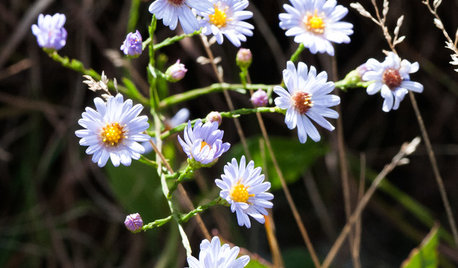
GARDENING GUIDESGreat Design Plant: Skyblue Aster (Symphyotrichum Oolentangiense)
This showy aster tolerates dry conditions and brings in the pollinators with its violet-blue flowers in fall
Full Story
GARDENING GUIDESGreat Design Plant: Eragrostis Spectabilis
Purple lovegrass thrives in tough conditions. It’s a native grass with a wide range across the eastern U.S.
Full Story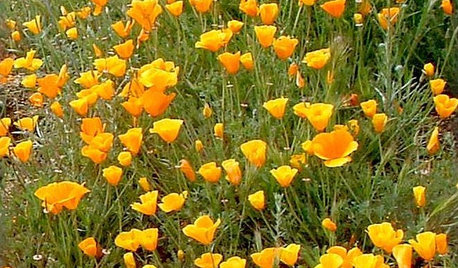
GARDENING GUIDESGreat Design Plant: California Poppy
Fall planting: California's state flower offers a glorious spring show and spreads readily in gardens under the right conditions
Full Story
GARDENING GUIDESAttract Hummingbirds and Bees With These Beautiful Summer Flowers
Roll out a welcome mat for pollinators to keep your landscape in balance and thriving
Full Story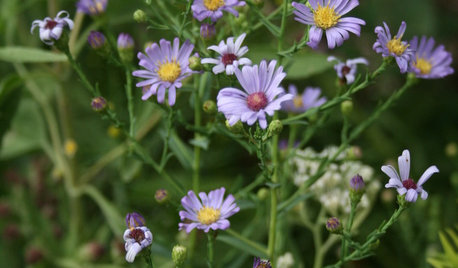
NATIVE PLANTSAutumn Joy: How to Get 3 Months of Fall Flowers
Enjoy blooms from September to November by mixing 6 asters native to different areas of the U.S.
Full Story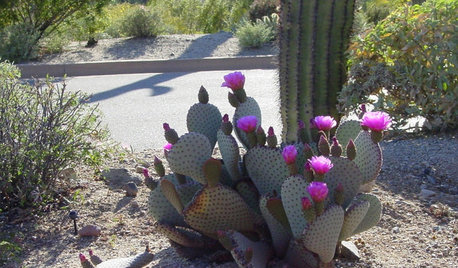
GARDENING GUIDES8 Cactuses Bring Spring Flowers to Dry Gardens
These prickly desert plants transform in spring with the arrival of their colorful blossoms
Full Story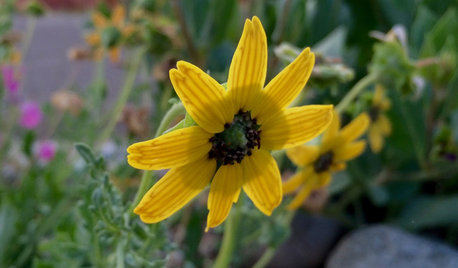
FLOWERS AND PLANTSFlowers of ‘Berlandiera Lyrata’ Surprise With a Subtle Chocolate Scent
This heat- and drought-tolerant Southern Plains native offers up daisy-like yellow blooms from spring to first frost
Full Story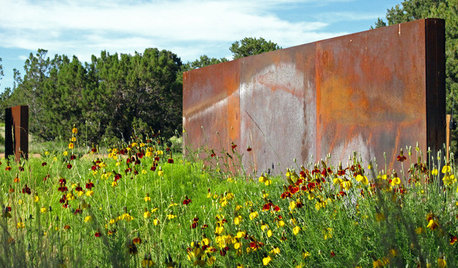
GARDENING GUIDESGreat Design Plant: Ratibida Columnifera
A shortgrass prairie native wildflower fit for pollinators and dry trouble spots offers benefits all year long
Full Story





Miss EFF
rubrifoliaOriginal Author
Related Professionals
Essex Landscape Architects & Landscape Designers · Foothill Ranch Landscape Architects & Landscape Designers · North New Hyde Park Landscape Architects & Landscape Designers · Alexandria Landscape Contractors · Wilmington Landscape Contractors · Arlington Landscape Contractors · Caldwell Landscape Contractors · Canton Landscape Contractors · Coeur d'Alene Landscape Contractors · Davis Landscape Contractors · Dudley Landscape Contractors · Fort Hunt Landscape Contractors · Norwalk Landscape Contractors · View Park-Windsor Hills Landscape Contractors · North Aurora Landscape ContractorsBob_Piper
rubrifoliaOriginal Author
Miss EFF
Jeanne_in_Idaho
nettle
pattimelt
Jeanne_in_Idaho